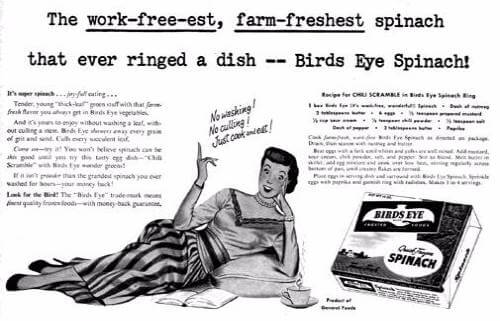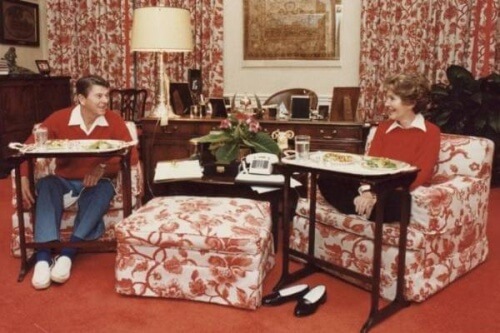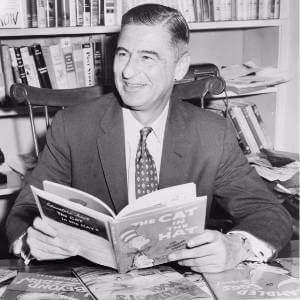Fun Facts About Names Day
Fun Facts About Names Day is one of the holidays comprising International Celebrate Your Name Week (CYNW), always observed during the first full week of March.

CYNW was established in 1997 by Jerry Hill to share his interest in onomastics, the study of the origins and usage of proper names. The six other days celebrate Namesake Day, Discover What Your Name Means Day, Nametag Day, Middle Name Pride Day and Descendants Day.
Barbie’s full name is Barbara Millicent Roberts.
Test your knowledge of trivia about the names of famous characters and historical figures. Take time to ask if you were named after an ancestor; if so, what was that person like? Find out if your name is associated with a day of the year on Behind the Name.
The Bronx is misnamed after the Bronck’s River,
which abutted settler Jonas Bronck’s property.
The American Name Society (ANS), founded in 1951 to promote onomastics, decides the most influential names each year. 2015’s Fictional Names were Rey, Finn and Poe of Star Wars. Place Name went to Denali, formerly known as Mt. McKinley. Charlie Hebdo, the satirical magazine attacked by terrorists, was honored as Trade Name. Caitlyn Jenner was awarded both Personal Name and overall Name of the Year for advancing transgender issues.
Take some time today to research your name, read up on the craziest celebrity baby names, listen to a few songs—especially if your name happens to be Angie, Nigel, Jolene, Peggy Sue, Roxanne, or Ziggy. No matter what you call yourself, have a happy Fun Facts About Names Day!
![]()





 Geisel worked as a cartoonist and
Geisel worked as a cartoonist and